Dear Maroon,
I write in reply to Senior Advisor to the President John Boyer’s recent essay for The Maroon on the University of Chicago’s academic and financial health. I have the highest esteem for Boyer’s dedication to the University and especially the College. Alongside Hugo Sonnenschein and Robert Zimmer, Boyer is one of the architects of the university in which we live and learn, and for that I am profoundly grateful.
Nor do I dissent directly from many of his qualitative or historical claims about the University. William Rainey Harper’s remarkable and expansive vision for the University is not in doubt, neither in respect of professional education and lifelong learning nor with regard to the remarkable percentage of faculty hired during his presidency who were women.
My concern is that Boyer’s essay does not address my specific concerns about the priorities that data on salaries and capital investments reveal or, indeed, the way that patterns of expenditure reveal the falsity in the claim, implicit in a great deal of what we do, that the University is an ethical community rather than a site of employment. Boyer’s ambition is to praise, and his essay offers praise where praise is due. It also elides where facts are inconvenient. I focus on three issues: the issue of debt and its relationship to models of leadership; the provision of instruction in the College; and gendered asymmetries in compensation.
First, debt. Boyer observes that the University of Chicago has only recently emerged from a situation of undercapitalization that was due, in part, to the smallness of its undergraduate population and, as a related matter, its small population of living alumni. He only obliquely mentions the massive debt that the University has taken on in order to fund the achievements that he rightly praises. He does this when he applauds the courage of those leaders who took “formidable risks to achieve success.”
Setting aside the issue that in my workshop paper I associate the praise of “risk” with a particular model (or pathology) of leadership, on my analysis of the ongoing costs of the University’s debt burden there is some irony in having emerged from a condition of undercapitalization into one of over indebtedness. We have become excellent, but feeding excellence is making us parasitic upon ourselves and our values.
Second, the provision of instruction in the College. Of course, the University has continued to invest in the fields of the traditional liberal arts. But a claim of this kind has to be evaluated in context. When I arrived in 2006, undergraduate enrollment was 4703. In autumn 2022, it was 7512, an increase of approximately 60 percent. I estimate that the increase in the number of tenure-stream faculty in Humanities and Social Sciences has been just over 10 percent over that time. The figure is not precise, but it is of the correct order of magnitude. A major achievement of Boyer’s first 15 years as Dean of the College was a very substantial increase in the involvement of research faculty in HD (Humanities Division), PSD (Physical Sciences Division) and SSD (Social Sciences Division) in teaching in the College. I assume this occurred because it was felt to be valuable to instruction that this should occur. It was, I note, a reversal in the vision of College instruction propounded by Robert Maynard Hutchins. It should be seen as a dramatic and historic change of policy.
It must have been perfectly clear that such a massive increase in the size of the College, absent a proportionate increase in the size of the faculty, would have pedagogical effects and perhaps even curricular ones. I offer no normative claim about this; the topic deserves study. My points are only two. First, I know of no policy conversation about this change at the level of the University Senate or the College Council. Second, to the extent that it was thought good to involve tenure-stream faculty in College instruction between (say) the mid- ’80s and the mid-aughts, the trajectory over the last 20 years represents a reversal of that earlier trend and perhaps a rejection of the commitments that produced it.
But this is itself an insufficient presentation and analysis of the situation. The same years that witnessed a decline in the contribution to College teaching of tenure-stream faculty saw a massive decrease in teaching by graduate students, too, and the causes and effects of that change were multiple. One motivation was a sense, on the part of some, that the University of Chicago was contributing to a national overproduction of Ph.D.s in many fields. Another was the desire to provide greatly enhanced support to the graduate students who remain. We now have fewer Ph.D. students, and they do less teaching per capita than a generation ago. This change has affected the University’s culture in important ways, even in the College. Certainly, one practice of the University that struck me on my arrival in 2006 was the vertical integration of its classrooms, namely, the bringing together in both learning and conversation of undergraduates, MA students, and Ph.D. students. The incidence of those populations on classroom conversation is very different now.
To return to the narrow issue of who does instruction, the evacuation of graduate students from the delivery of instruction and the limited increase in the number of tenure-stream faculty has been met by a very dramatic increase in the number of instructional faculty whom the University pays less than tenure-stream faculty for teaching more, and whom it does not evaluate for their contributions to the production of knowledge.
That amounts to a big change in the College and University. The absence of any sustained conversation about the intellectual and instructional effects of this change before it was launched, or during its implementation, or now, upon its large-scale realization, could well lead one to believe that, instead of academic planning based on principles, it was budgetary considerations that have driven how we deliver instruction to the new, larger College.
Third, gendered asymmetries in compensation. I agree wholeheartedly with Boyer that “[his] colleagues”—they are also my colleagues—“in the Humanities and the Social Sciences publish each year an amazing number of field-defining books and articles that will have an enduring impact.” Such praise raises questions precisely because it is legitimate. If our esteem of faculty is based on “field-defining” impact, why do we systematically pay women less than men (as detailed in my workshop paper, on average, $21,000 less at the rank of assistant professor and $44,000 less at the rank of full professor)? Is that because the contributions of women faculty are systematically less “amazing?” Or because we can get away with it?
The situation is worse than is indicated by compensation alone. All faculty are asked to do work beyond teaching and research. This labor is generally named “service,” and for unsurprising and predictable reasons, it is not evenly undertaken by all persons. Such labor is essential to the functioning of the institution but nevertheless uncompensated (which wouldn’t matter if it were evenly distributed); importantly, it generally brings little or no professional recognition. People who do a great deal of service thus support several kinds of free riders, including (and especially) those who use their “free” time to do more research, which does bring external recognition and leads, by various routes, to more pay.
I mention all this because, although the data is hard to come by and also hard to aggregate, there’s every reason to think that the University imposes a substantial “tax,” as it is called, on women and minorities in the distribution of service. We ask people to do this work—those who do it, undertake it—from a belief that academic communities are sustained by ethical duties on the part of individuals to their departments, divisions, universities, and fields. Ongoing, substantial discrepancies in salary in the 21st century make a mockery of this.
Of course, the current situation has long historical roots. The early openness of the University to women serving on the faculty was reversed under Harper’s successors. The University of Chicago led its peers in the percentage of women on the faculty in 1910 at 22.5 percent; no peer institution reached the double digits. By 1940, that percentage had fallen in half, while outside Harvard, Yale, and Princeton, numbers elsewhere in the country were climbing as fast as Chicago dropped. The celebrated presidency of Hanna Holborn Gray notwithstanding, when in 1991 in celebration of the University’s centennial Edward Shils edited a collection of remembrances of 47 figures who “dominated the intellectual life” of the University between 1920 and 1980, 46 of 47 essays focused on men.
At the University of Chicago, we are all amazing; we are simply not equal.
Clifford Ando is a UChicago Classics professor and author of “West Virginia Chicago Is Happening to You: The Fight for the Modern University.”



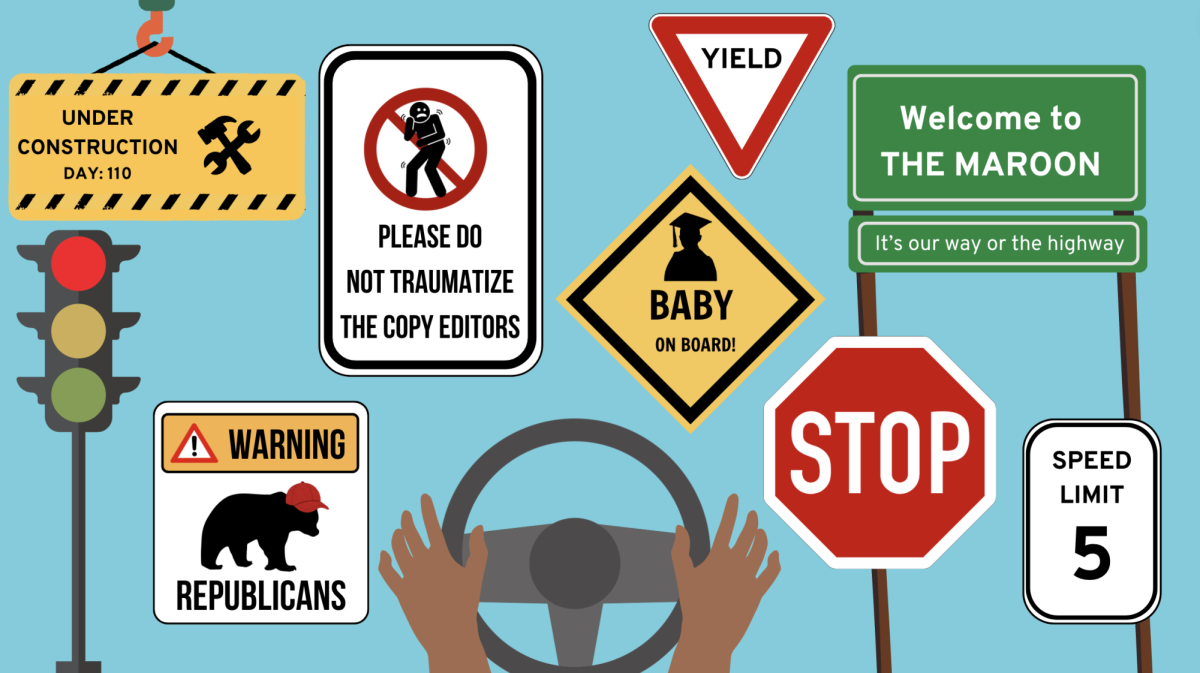


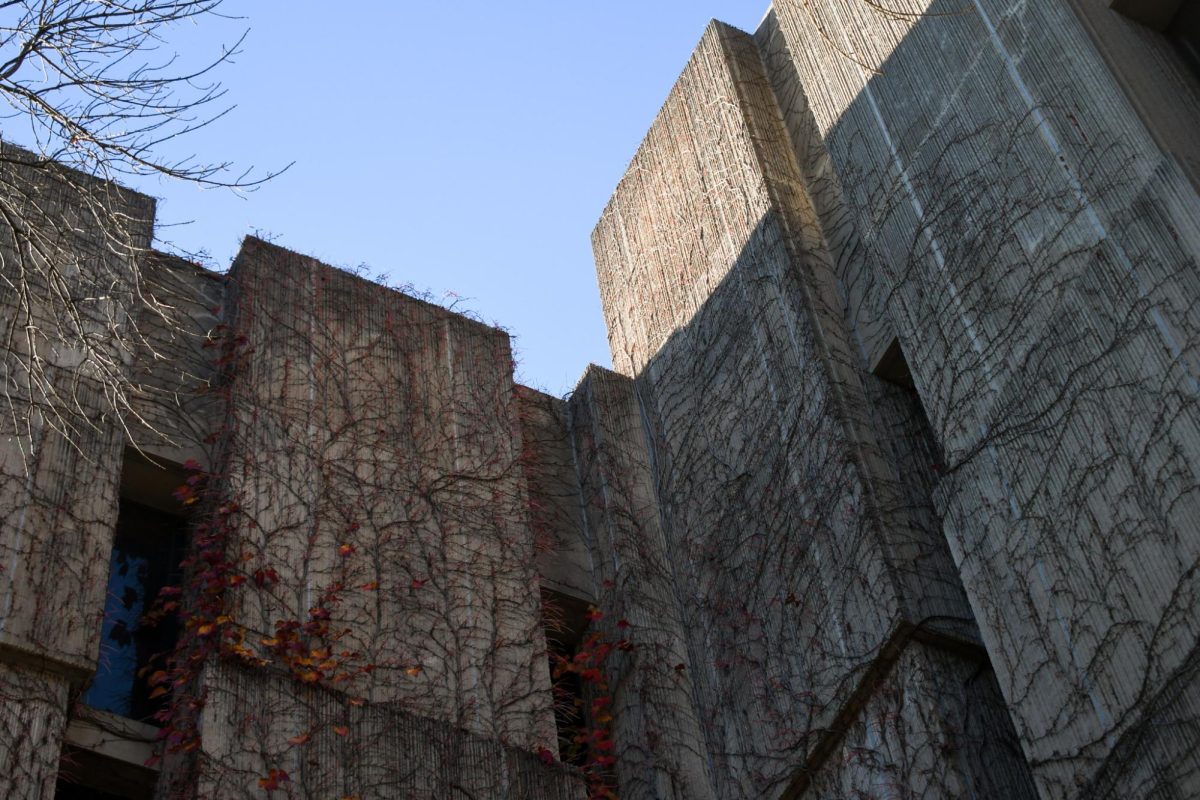

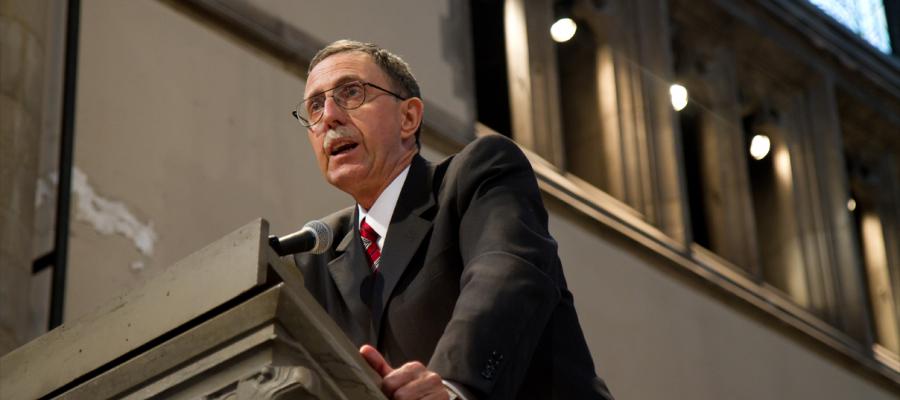
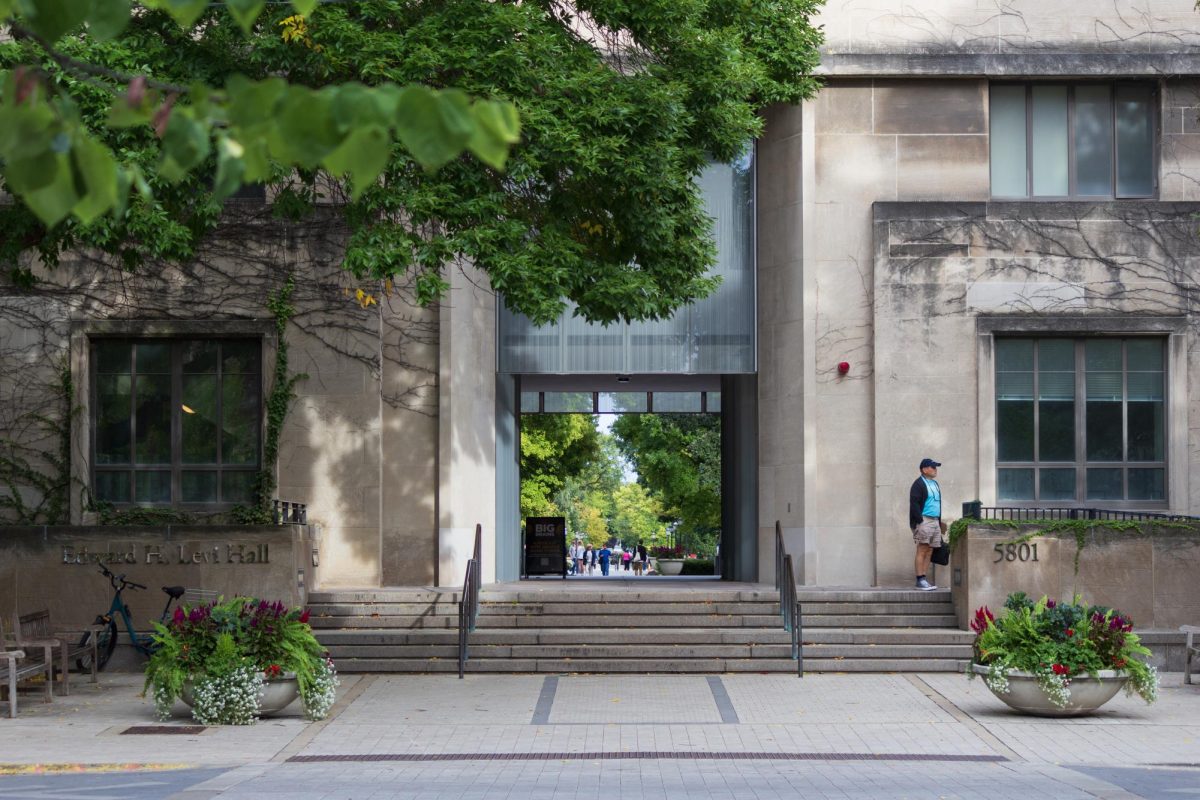
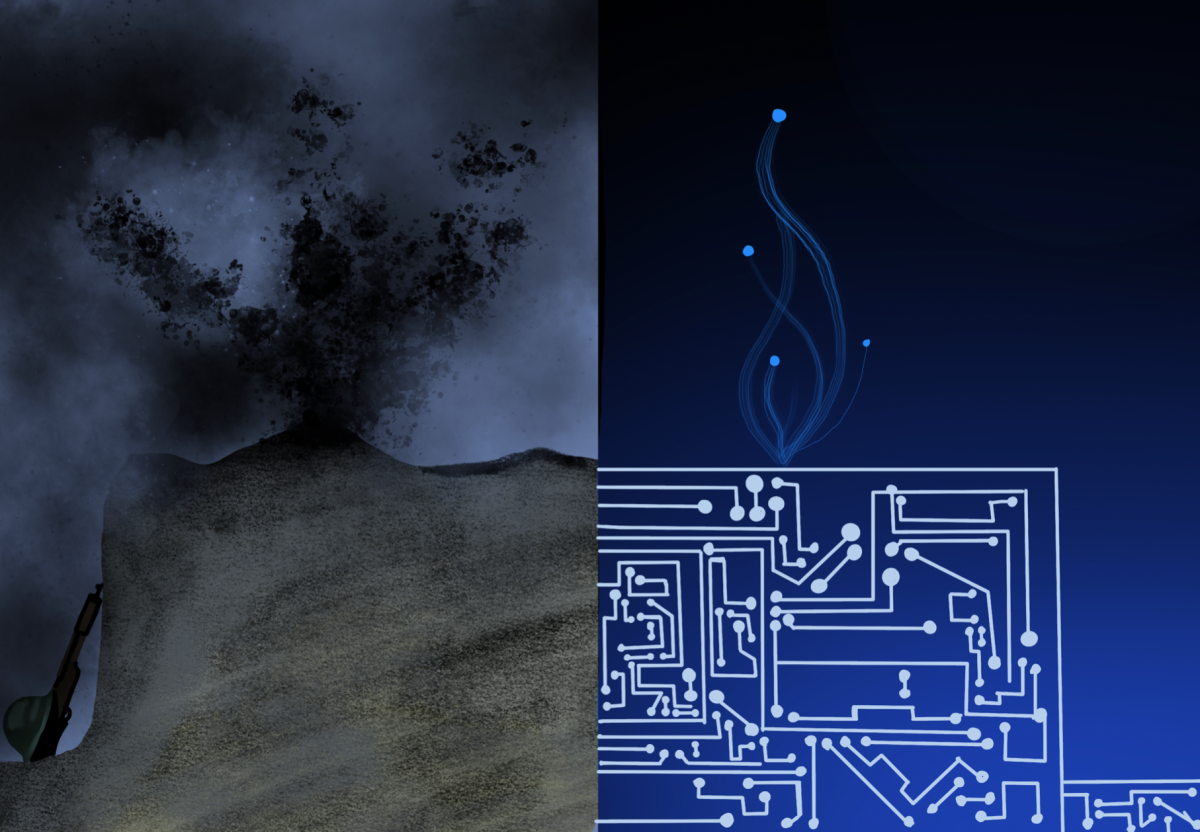
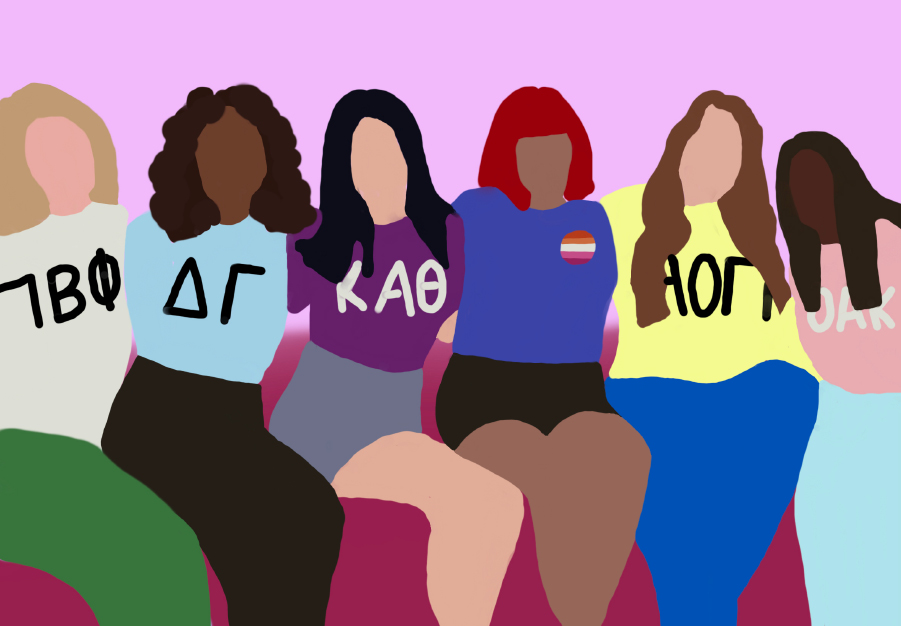



Mark Zelek / Jan 2, 2024 at 3:56 pm
And the University’s “massive debt” as Professor Ando terms it continues to grow exponentially. According to KPMG’s Independent Auditors’ Report for the year ended June 30, 2023, the University’s notes and bonds payable liability has increased from $5.220B in FY 22 to $6.030 in FY 23. This runaway debt combined with poor endowment investment returns relative to its peers over the last decade poses a significant financial challenge for the University of Chicago.